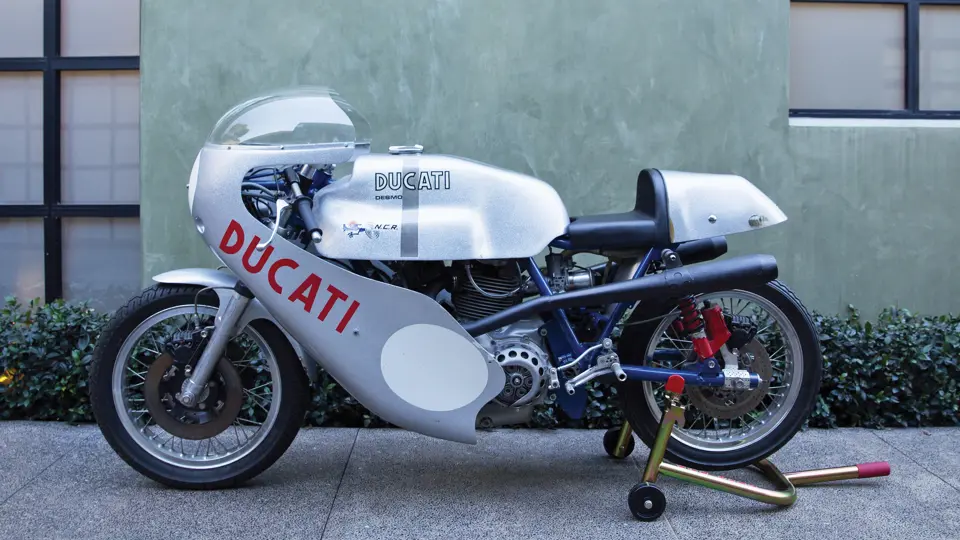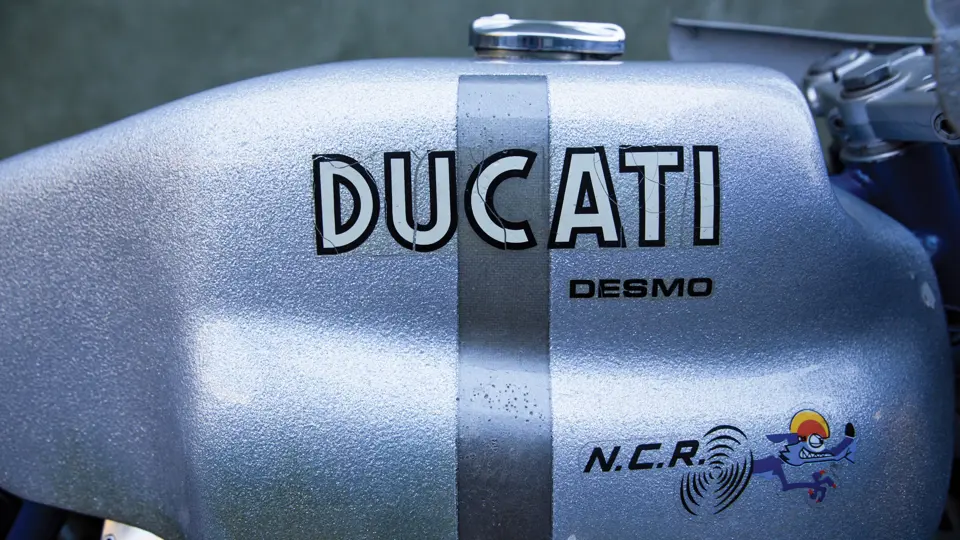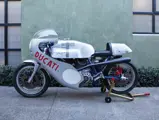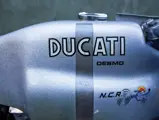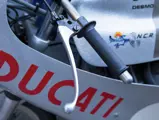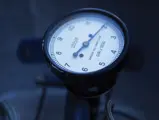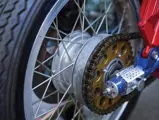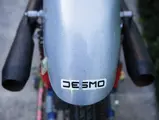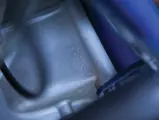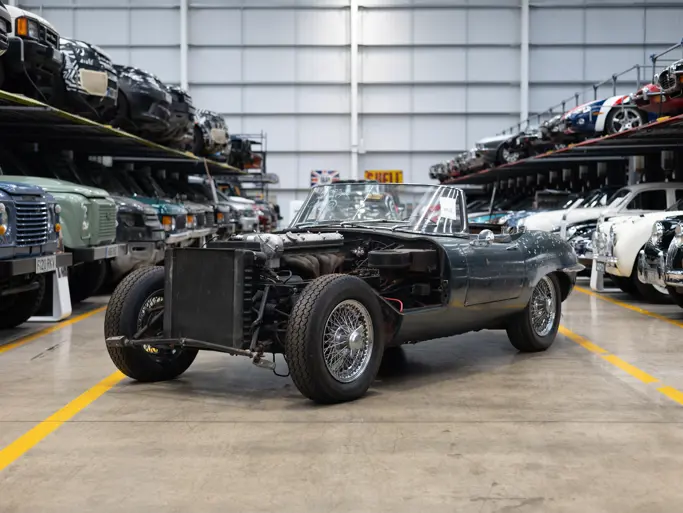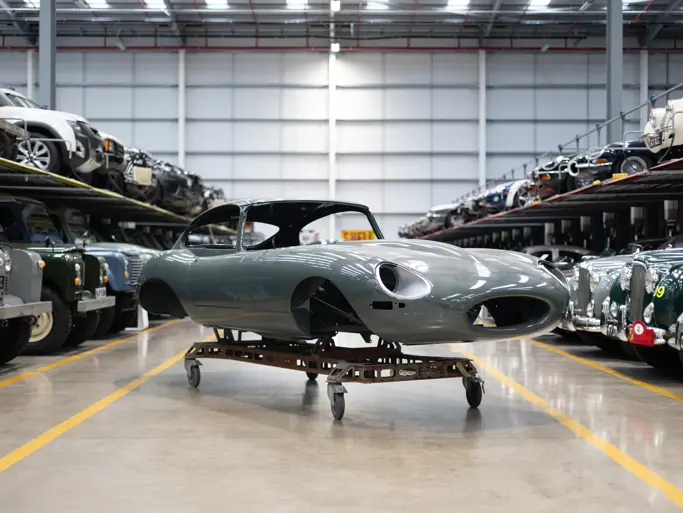72 bhp, 748 cc OHC four-stroke 90-degree V-twin engine with two Dell’orto carburetors, five-speed transmission, front double-action telescopic fork suspension, rear swing arm suspension with double-action hydraulic shock absorbers and adjustable concentric springs, and two front and single rear disc brakes. Wheelbase: 60 in.
Which bike is the most historic factory racer is a matter of spirited dispute among the Ducatisti. But when Paul Smart won the inaugural 1972 Imola 200, it put Ducati on the proverbial map.
Imola seemed to suit the Ducatis, as it was a track with sweeping curves and variable surfaces. This race was definitely not going to be a horsepower one. Taglioni built seven bikes and approached Jarno Saarinen, Renzo Pasolini, and Barry Sheene to ride them. They all declined, as they did not think the 750 would be competitive.
As a result, Taglioni went back to Bruno Spaggiari, who knew Imola well and had raced Ducatis since the 1950s. The young Ermano Giulani signed on as Spaggiari’s apprentice, and Alan Dunscombe came over from England, where he raced a 750 GT for importer Vic Camp. Taglioni then approached Paul Smart, whose BSA triple ride had fallen through. Ironically, Smart would never have made the trip if his wife, Maggie, had not accepted the offer on her husband’s behalf over the phone. Smart also did not think that the Ducatis would be competitive, but this was an opinion he soon revised once he started practicing.
When the race began on April 23, before a crowd of 70,000 mostly Italian fans, things got even better. Agostini took off in the lead, but Smart and Spaggiari discovered they had his measure. All three set the same fastest lap time, an average of 100.1 mph, but when the fourth lap came around, Smart had passed Agostini, followed by Spaggiari one lap later. From then on, it was Ducati in the 1st and 2nd positions, to the delight of the crowd. The Ducati factory gifted Paul Smart the bike after his victory, and it is unlikely that it will ever be for sale.
From being an obscure marque to the rest of the world, Ducati suddenly had a lot of press. With that win, the relatively small company showed that it had the technology to compete with, and beat, the likes of MV Agusta, Honda, Norton, Moto Guzzi, Triumph, BSA, Kawasaki, Laverda, Suzuki, and BMW. The win was considered an amazing upset, and it set Ducati on the path it follows to this day.
This recreation of the famous 1972 Imola-winning 750 SS is offered in good condition, with the fiberglass fairings painted in the traditional metallic silver paint. The wheels are Borrani alloys, and a correct-type Veglia competition tachometer is mounted to the handlebars. The carburetors are twin Dell’orto units. The paintwork is in fair condition and shows some signs of wear, which is expected of a race-bred motorcycle. More recently, the engine was fully serviced and reassembled by specialists at the Garage Company in California. Work performed on the bike included the replacement of the bearings and gaskets, as well as the installation of a new case, chain, and third gear. The Ducati is said to run well, and it would surely make for quite a sight carving down the canyon roads.
When considering the values of ex-Works 750 SS models today, of which only a handful exist, this recreation offers superb value for the money, not to mention a very exciting riding experience!

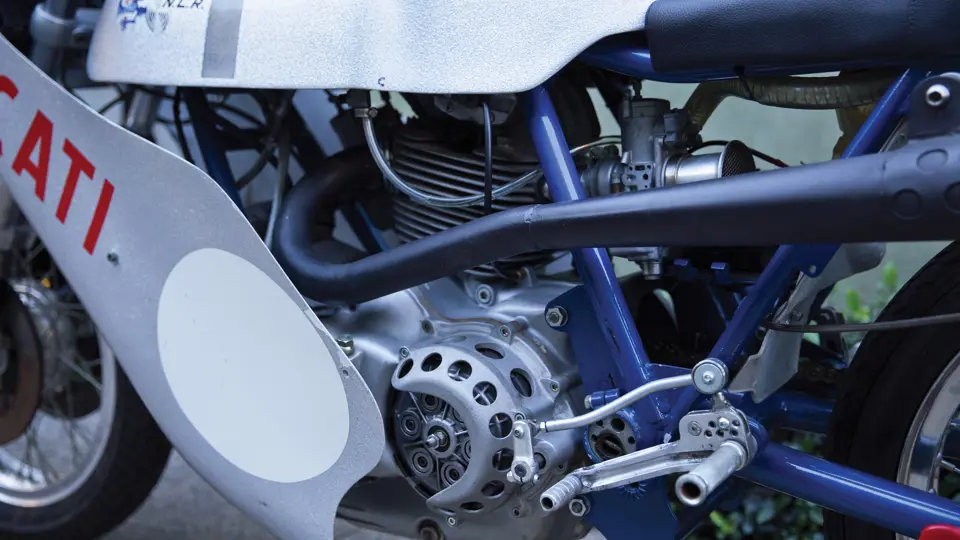


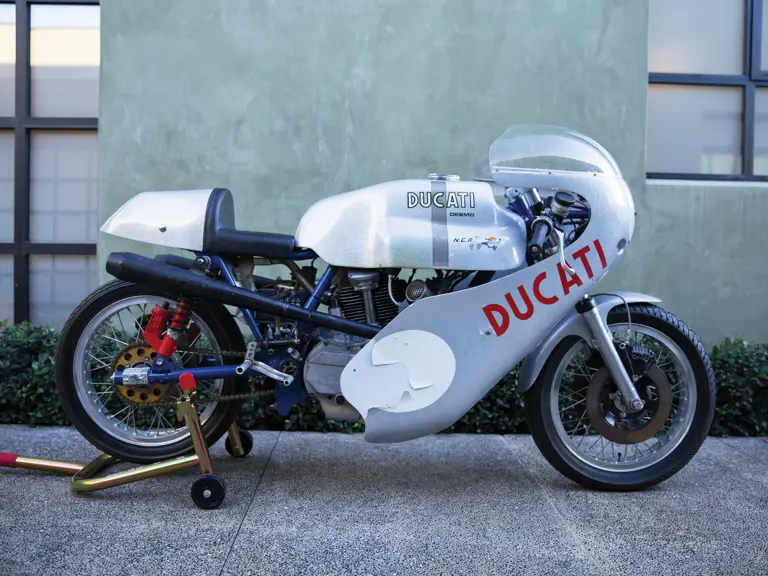
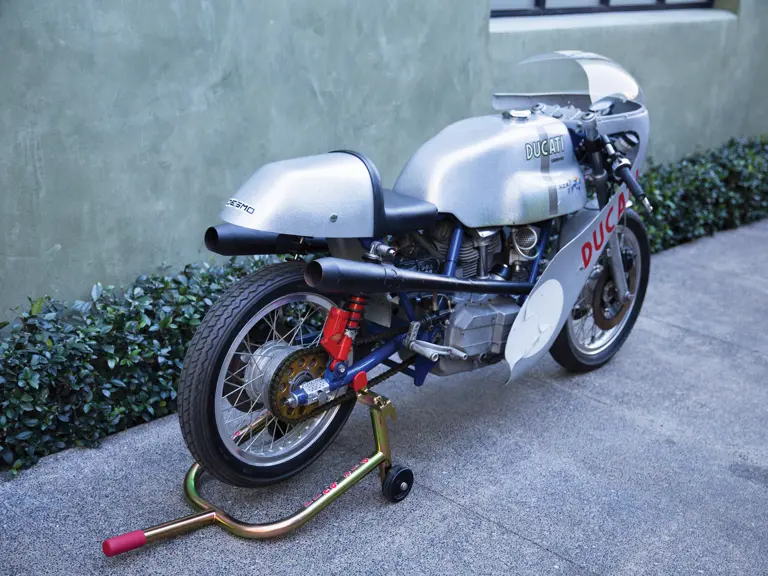

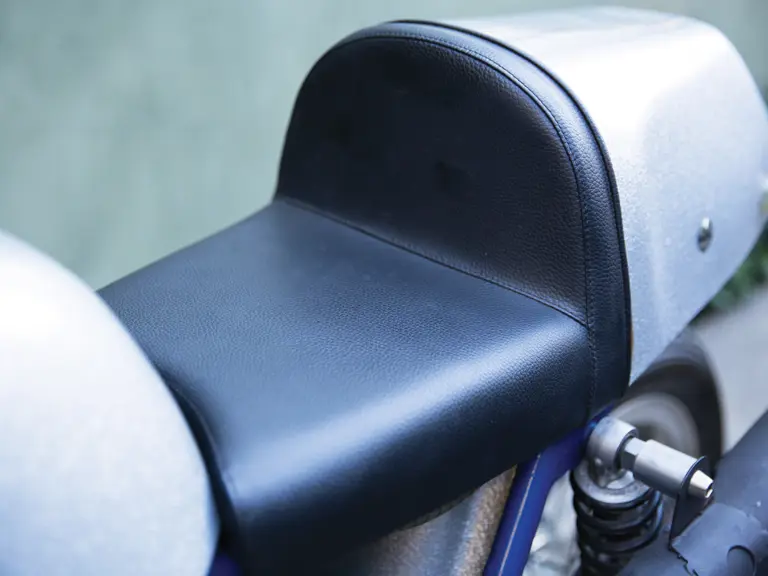


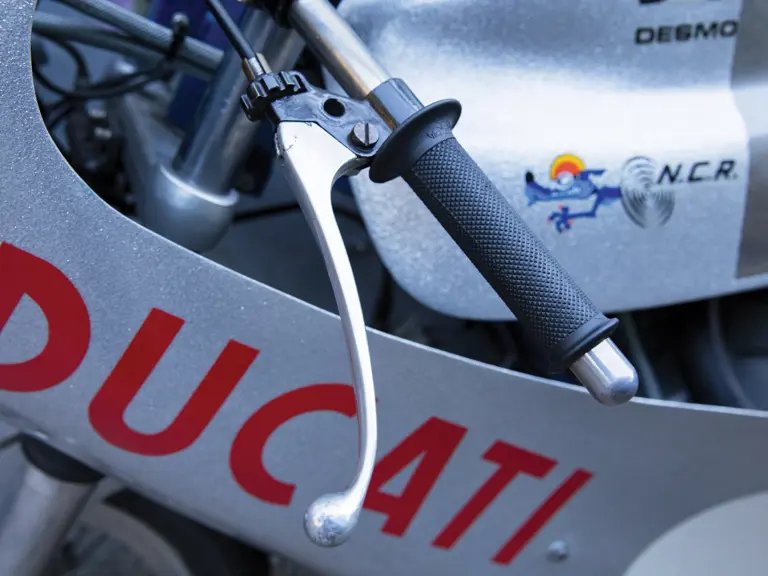
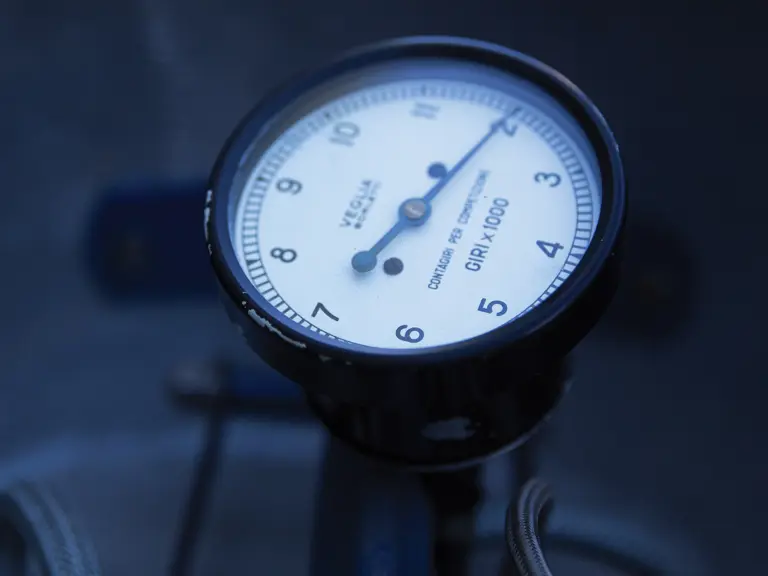

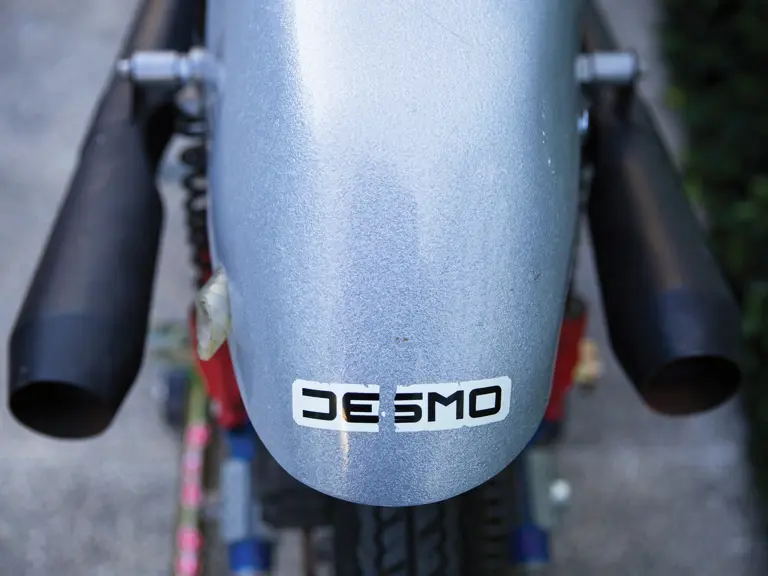



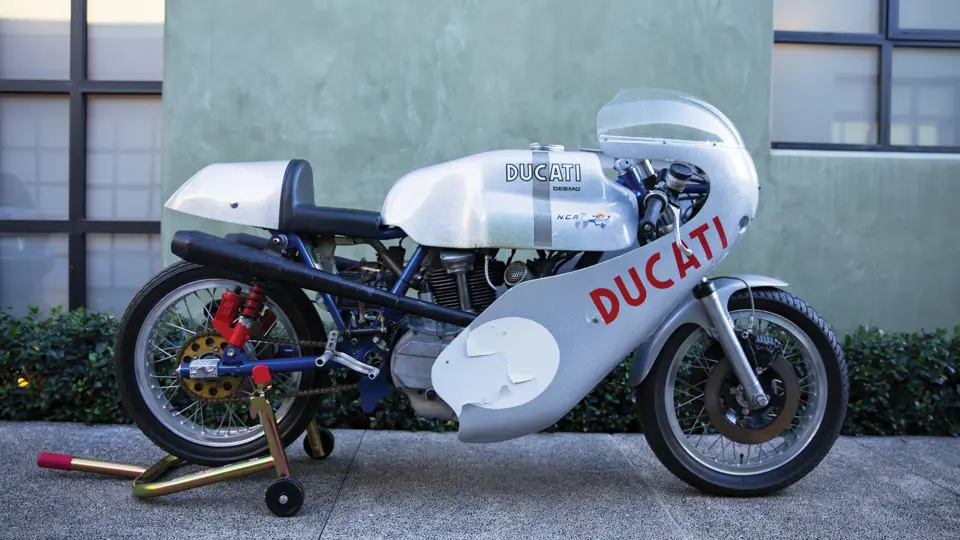
 | Phoenix, Arizona
| Phoenix, Arizona
